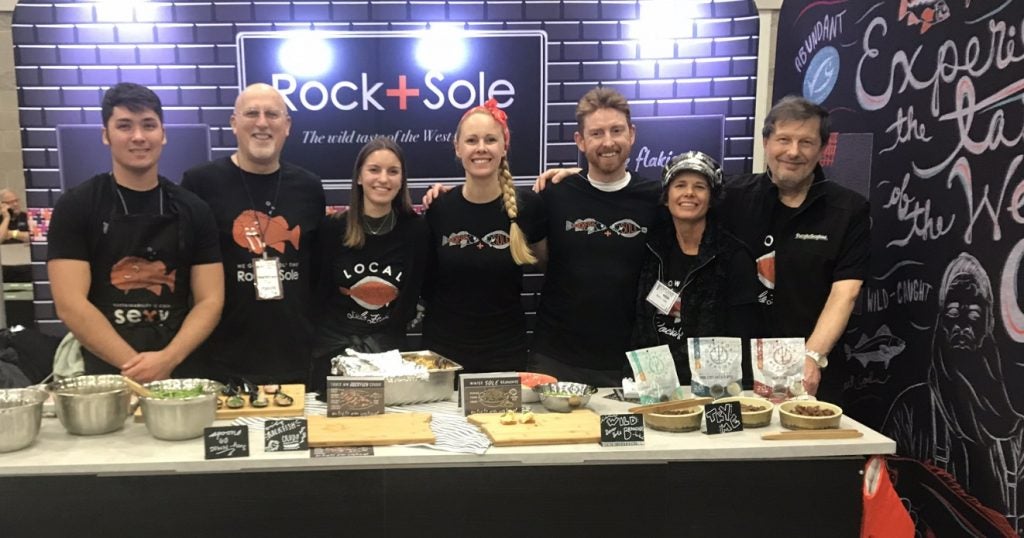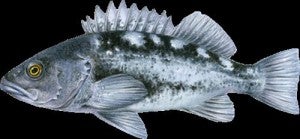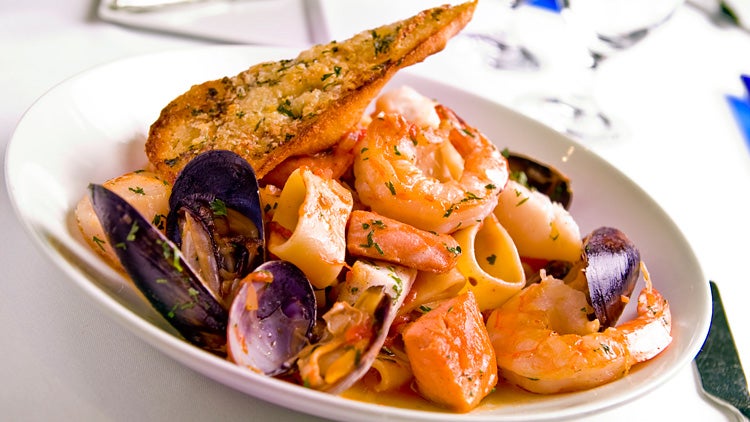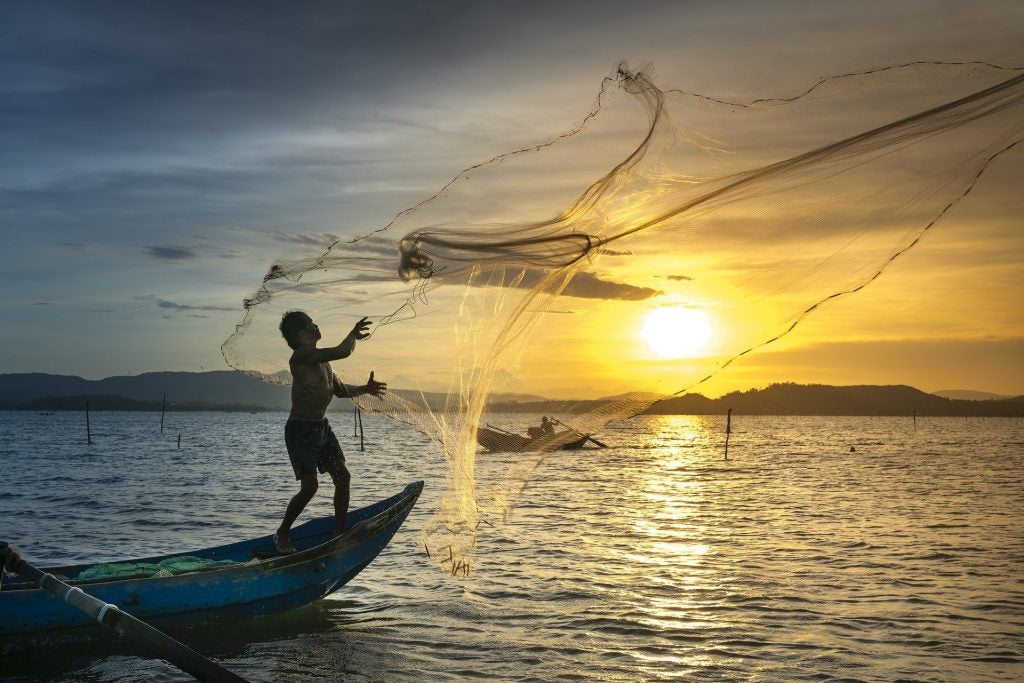 Today we celebrate World Food Day — the annual event that promotes global awareness and action for those who suffer from hunger and for the need to ensure healthy diets for all. But unique to this year is the coronavirus pandemic, which has created new and extraordinary challenges for the food and nutrition security of our global community. The importance of finding solutions that can feed a growing global population from nutritious and healthy resources has only exponentially increased in both urgency and priority. More than ever, we need to build back better in a way that improves human health, builds resiliency for populations and improves well-being — while simultaneously ensuring the long-term health and sustainability of our oceans. This World Food Day, we’re highlighting the oceans’ ability to feed the planet, sustainably and healthfully. Read More
Today we celebrate World Food Day — the annual event that promotes global awareness and action for those who suffer from hunger and for the need to ensure healthy diets for all. But unique to this year is the coronavirus pandemic, which has created new and extraordinary challenges for the food and nutrition security of our global community. The importance of finding solutions that can feed a growing global population from nutritious and healthy resources has only exponentially increased in both urgency and priority. More than ever, we need to build back better in a way that improves human health, builds resiliency for populations and improves well-being — while simultaneously ensuring the long-term health and sustainability of our oceans. This World Food Day, we’re highlighting the oceans’ ability to feed the planet, sustainably and healthfully. Read More
EDFish
Selected tag(s): Sustainable Seafood
World Food Day: Utilizing the ocean to feed the planet
Cell-based, cultured… or something else? The new seafood labeling challenge.
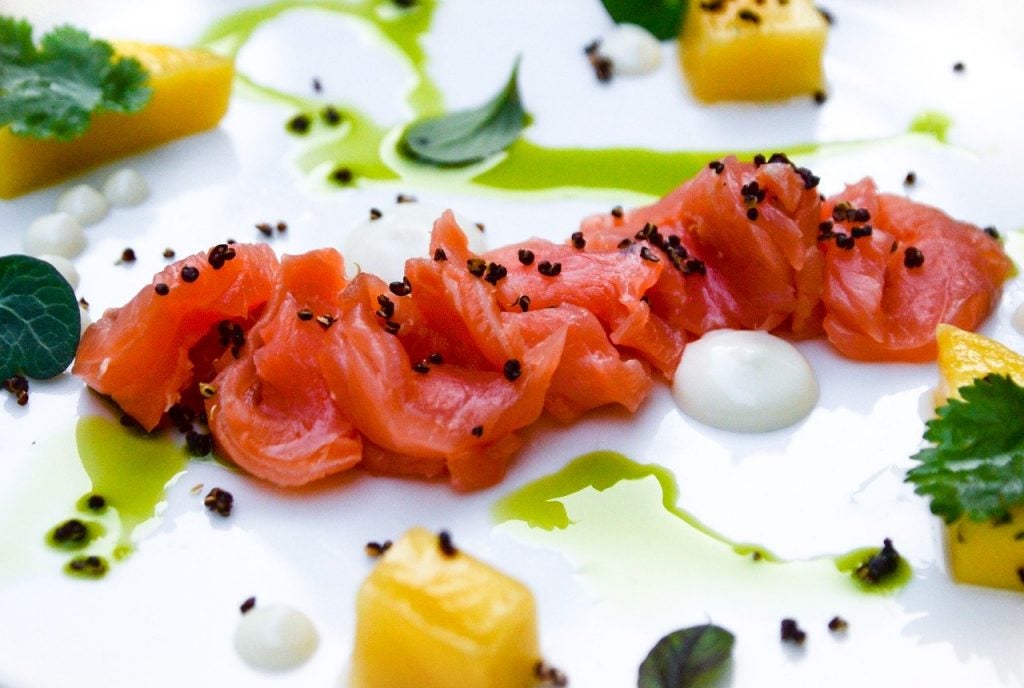 By Tom Neltner, J.D., Environmental Defense Fund Chemicals policy director
By Tom Neltner, J.D., Environmental Defense Fund Chemicals policy director
Meat and seafood derived from animal cells grown outside the animal are likely coming to your kitchen table. The process involves culturing cells in tanks and combining them into a consumable product using extrusion, 3-D printing or other processes commonly used in food industry. The product is nearly identical to conventional meat and seafood. Read More
Rock+Sole makes a splash at the 2019 Portland seafood and wine festival.
Only 15 minutes had passed since the doors opened for the 14th annual Portland Seafood and Wine festival, and already a crowd was forming around the Rock+Sole booth. Attracted by the bright design of the mock kitchen and the sight of delectable seafood samples being prepared, visitor’s faces lit up with curiosity and excitement as they approached. “Step up and try some 100% sustainable, healthy and delicious rockfish and sole!” shouted Jana Hennig, Executive Director of Positively Groundfish, a non-profit trade association whose mission is to promote fish species coming from the West Coast Groundfish trawl fishery.
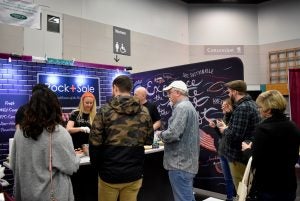 As people tasted the samples of Rockfish Crudo and a Dover sole Brandade created by Chef Chris Bailey, I asked them, “Have you ever tried rockfish/sole before?” Many said, “Yes, of course, but not like this!” Over half of the approximately 3,000 visitors to the booth had never heard of rockfish or Dover sole. “Did you know these fish come from a certified sustainable fishery and are caught right off our coast?” The answer was often a surprised “No, but now that I know I will look for it.” Or, “Where do I find them? Where is your restaurant located?”
As people tasted the samples of Rockfish Crudo and a Dover sole Brandade created by Chef Chris Bailey, I asked them, “Have you ever tried rockfish/sole before?” Many said, “Yes, of course, but not like this!” Over half of the approximately 3,000 visitors to the booth had never heard of rockfish or Dover sole. “Did you know these fish come from a certified sustainable fishery and are caught right off our coast?” The answer was often a surprised “No, but now that I know I will look for it.” Or, “Where do I find them? Where is your restaurant located?”
But you see, Rock+Sole isn’t a restaurant, it’s a movement to get U.S. consumers hooked on West Coast rockfish and sole.
Pacific rockfish (aka Pacific snapper) and soles, flatfish such as Dover and Petrale, were once some of the most commonly available seafoods on the west coast. They are caught as part of a multi-species trawl fishery targeting groundfish – fish living on or near the bottom of the sea. “The trawl fishery was active in every port from Morro Bay, CA to Neah Bay, WA, it’s what kept the lights on for the processors,” says Brad Pettinger, a long time commercial fisherman out of Brookings, Oregon and current Board member. Read More
From a Federal Disaster to the World Series: West Coast trawl fishermen are turning their fishery around
Astoria, Oregon fisherman Kevin Dunn is familiar to EDF’s Pacific Ocean team because we worked with him closely to redesign fishing nets and reduce bycatch. Now he’s becoming familiar to millions of others through a Whole Foods Market commercial that debuted during the World Series.
The Whole Foods ad is a great illustration of a simple but powerful idea: well-designed fishery management systems can not only result in conservation gains and a healthier environment, but also economic gains for the people that rely on the ocean for their livelihood.
This has been a big year for fishermen in the West Coast groundfish catch share program. It received a sustainability certification from the Marine Stewardship Council and an upgrade in sustainability ratings from Monterey Bay Aquarium’s Seafood Watch program for many of the fish they catch. When the MSC certified the fishery sustainable, it noted that this was the most diverse and complex fishery ever considered for certification, and emphasized the important role that catch shares played in recovering the fishery.
The fact that Kevin and his crew now represent the very best in sustainable seafood sourcing is remarkable, and very hopeful. In 2000, the fishery was formally declared a disaster due to decades-long mismanagement. EDF worked with fishermen and seafood suppliers to turn this fishery around by advancing new management solutions, including catch shares. We also provided tools to help fishermen and suppliers through the transition — such as innovative new lending mechanisms like the California Fisheries Fund. Today their trawl catch is “independently rated for sustainability; traceable from dock to store” and they are part of a durable industry that supplies about 250 million pounds of sustainable seafood every year.
Kevin and his boat the Iron Lady are also featured in a 3-minute YouTube video with Whole Foods supplier Bornstein Seafoods, the company to which Kevin delivers his catch. It’s a nice glimpse of what our West Coast fishermen friends do for a living and the positive relationships that often emerge after catch shares go into effect. In traditionally managed fisheries it’s unusual to see fishermen partnering closely with seafood processors. But with improved fishery management comes closer cooperation and new possibilities for partnerships between fishermen and seafood buyers.
In addition to forming partnerships, fishermen are able to spend more time innovating with their gear and carefully planning their businesses. The net you see spilling its catch onto the Iron Lady’s deck is one we helped Kevin test. It has a built-in excluder device that allows halibut – a non-target species for Kevin – to escape unharmed. Another example of a solution that works for fish and fishermen!
https://www.youtube.com/watch?v=ozBwIHZH02U
From ‘Avoid’ to ‘Enjoy’: West Coast Groundfish Completes Sustainability Sweep
The Monterey Bay Aquarium’s Seafood Watch program, considered by many to be the ultimate arbiter of sustainability for the U.S. seafood market, has released five new reports on the West Coast groundfish fishery. In these new assessments they concluded that almost 40 types of rockfish, sole and other fish species – representing virtually all groundfish caught on the West Coast – are now considered sustainable seafood choices.
This announcement comes on the heels of another sustainability milestone for this fishery. Just two months ago, a large portion of the same fishery was also certified as sustainable by the Marine Stewardship Council.
This was not always the case. The fishery was declared a federal disaster in 2000. After years of overfishing and declining productivity, the fishing industry began working with Environmental Defense Fund experts and federal regulators to design a new management system that better aligned the interests of fishermen and fish populations. Read More
The quest for sustainable seafood has never been easier
If you love seafood, the six weeks between Mardi Gras and Easter is likely one of your favorite times of the year. It doesn’t hurt that restaurants, fish markets and grocery stores are awash with Lenten promotions, resulting in the most profitable period for seafood sales.
So why not use this time to get out of your comfort zone? Put down the tuna and salmon and try something new; the seafood market has an abundance of options. Additionally, consumers are seeking out local and sustainable seafood like never before, representing some of the hottest trends in the restaurant industry for the past several years.
But which fish are the best to buy? Tools like EDF’s mobile Seafood Selector and Monterey Bay Aquarium’s Seafood Watch app are great ways to have sustainable seafood recommendations at your fingertips. Some fish pundits like Chef Alton Brown – host of Good Eats and other programs on the Food Network – go so far as to encourage consumers to ignore all the labels and just “Buy American.” In the absence of definitive information, this might be your best option. However, it’s usually a good bet that your fishmonger or server can tell you where their fish is from. Read More










